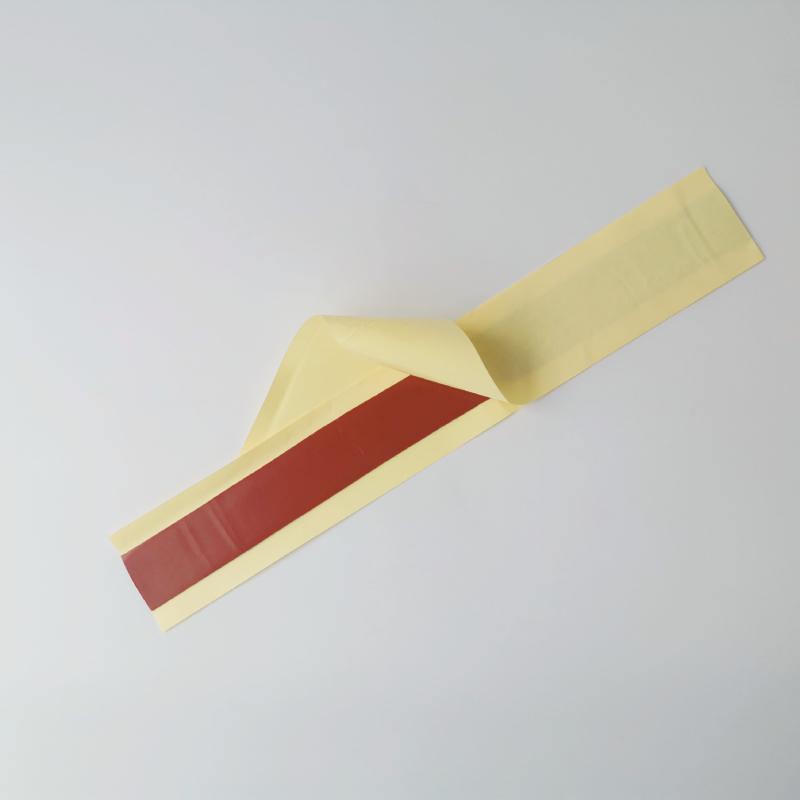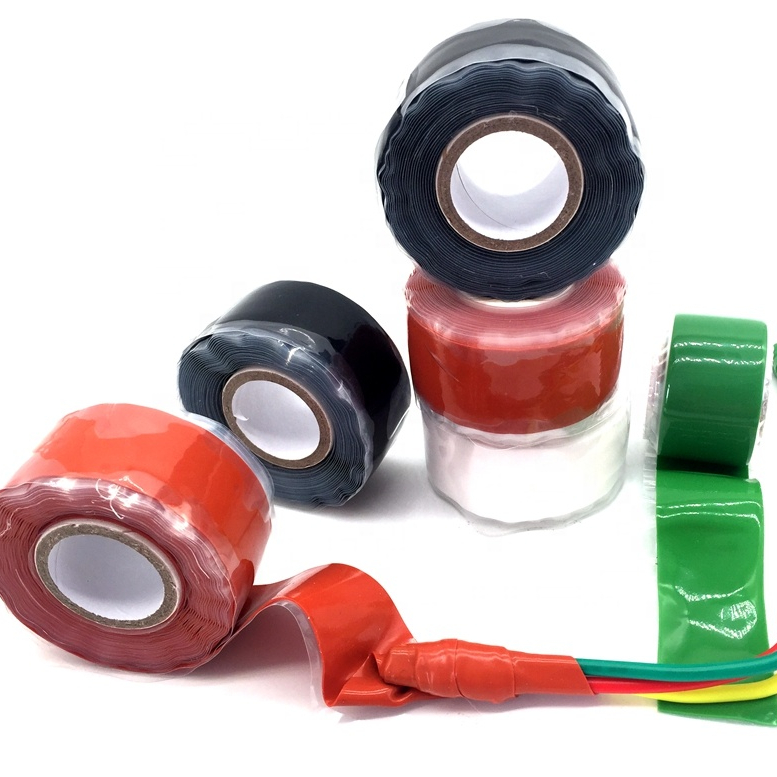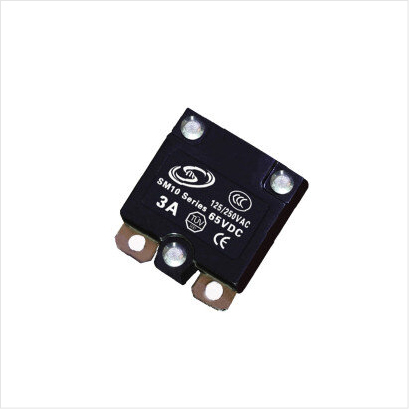In 1845, a surgeon named Dr. Horace Day made the first crude surgical tape by combining India rubber, pine gum, turpentine, litharge (a yellow lead oxide), and turpentine extract of cayenne pepper and applying that mixture to strips of fabric. It was the first “rubber-based” adhesive and Dr. Day used it in his practice as a surgical plaster. Larger scale manufacturing of similar medical tapes began in 1874 by Robert Wood Johnson and George Seaburg in East Orange, NJ. That company would soon become the Johnson & Johnson Company we know today. Later in 1921, Earle Dickson who bought cotton for Johnson & Johnson noticed that the surgical tape kept falling off his wife Josephine’s fingers after cutting them in the kitchen. He fixed a piece of gauze to some cloth backed tape and the first Band-Aid ® was invented. It took almost 75 years from Dr. Day’s first crude tape until the early 1920’s when the first industrial tape application appeared. The application was electrical tape (although the adhesive was more of a cohesive film than the electrical tape we know today) to prevent wires from shorting. The second major industrial tape application was a result of the rise of the American automobile in the 1920’s. Two-toned automobiles were becoming popular and automakers needed a way to produce clean, sharp paint lines while using the new automatic paint spray gun. They started using the surgical tape that was available but the paint wicked through the cloth backing and caused defective paint jobs. Richard Drew, an engineer at Minnesota Mining and Manufacturing (3M) happened to be at a local body shop testing their WetorDry® brand sandpaper in 1925 and he saw the workers struggling to get clean paint lines. He went back to his lab and created a 2-inch wide crimp backed paper tape that became the first “masking tape” for painting. Jumping ahead to 1942 and World War II, Johnson & Johnson developed duct tape to seal canisters and repair equipment for the military. The tape was a basically a polyethylene coated cloth tape with good “quick stick” properties that made it easy to use in the field for emergency repairs. The world never looked back and duct tape can be found in almost any home or toolbox.
Butyl Sealant tapeis crafted from butyl rubber, a man-made material that was first synthesized during the early 1900s in order to strengthen traditional rubber adhesives. This innovative product surpasses natural rubbers in its capacity to stay sticky at far colder temperatures - an impressive feature that sets it apart from other adhesive materials.

industrial floor tape. This can help employees quickly locate necessary resources or navigate to safety in the event of an emergency. By using floor tape to clearly communicate important information, workplaces can enhance their overall safety and efficiency.
In addition to its insulation properties, yellow tape plays a pivotal role in safety and hazard marking. Many industries utilize colored tape to demarcate hazardous areas, warn of potential dangers, or designate specific zones. The color yellow is universally associated with caution, making yellow insulation tape an effective tool for alerting individuals to be wary of risks in their environment.
insulation tape yellow

Self-fusing tape is a versatile and useful product that has a wide range of applications. Self-fusing tape is a type of tape that fuses to itself when applied, creating a strong and durable bond. This type of tape is typically made from silicone, which gives it unique properties that make it ideal for a variety of uses.
Selecting the Perfect Control Box for You

grey pvc tape. The tape's resistance to oils and chemicals makes it suitable for use in engine compartments and other areas where exposure to harsh substances is common.
2. Color Coding Wires In larger projects with numerous wires, red insulation tape can be employed for color coding. This method simplifies identification and troubleshooting, saving time and reducing errors.
